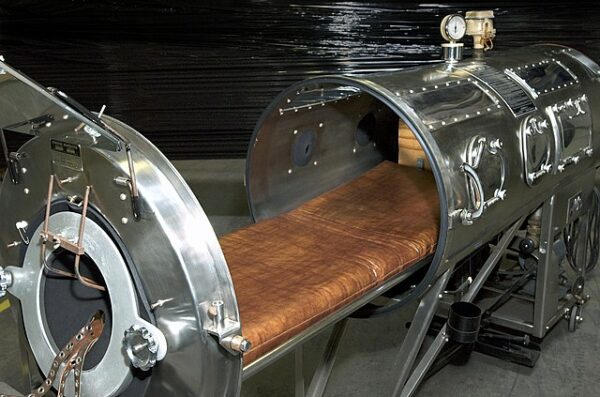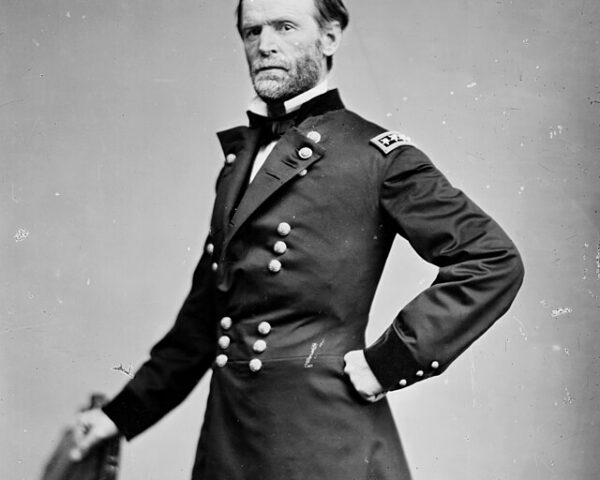On October 12, 1828, the suffering at Boston’s Children’s Hospital got a breath of fresh air by deploying the iron lung for the first time. In the annals of medical history, one invention stands as a testament to human ingenuity, a life-saving marvel known as the iron lung. This extraordinary device, formally recognized as the “negative pressure ventilator,” emerged as a lifeline for countless individuals during the harrowing polio epidemics that swept the globe in the early and mid-20th century. The narrative of the iron lung is a story of resilience, innovation, and the indomitable human spirit in the face of life-threatening challenges.
The saga begins in 1927 when Dr. Philip Drinker and Dr. Louis Shaw, in collaboration with their colleagues, brought forth the first practical iron lung at the Harvard School of Public Health. This revolutionary device was a response to the devastating polio outbreak that was paralyzing thousands. The iron lung was, at its core, a cylindrical metal chamber designed to envelop a patient’s entire body, leaving only their head exposed. This ingenious contraption operated on the principle of negative pressure ventilation, wherein the air pressure inside the chamber was artfully lowered, causing the patient’s chest to expand and draw in life-sustaining breaths.
Throughout the turbulent polio epidemics of the 1930s and 1940s, iron lungs became an emblem of hope and perseverance in the battle against a formidable adversary. Their role in keeping individuals alive when their diaphragms and chest muscles had succumbed to paralysis was nothing short of miraculous.
Most patients only used the iron lung for a few weeks or months depending on the severity of the polio attack, but those left with their chest muscles permanently paralysed by the disease faced a lifetime of confinement, writes The British Science Museum.
Therapists used several techniques to help patients regain strength in their chest muscles. By slowly extending the time outside the cabinet the patient could gradually build up the muscles to the point where they could spend most of the day outside the iron lung, returning to it at night to give tired bodies time to rest.
The technique sounds straightforward, but in practice learning to breathe again was a difficult and frightening process, as one patient, Kenneth Kingery recalled: I’d have to strain my every fibre for a breath of air. And there was always a helpless terror – wondering whether they’d close the tank in time.
As chest muscle strength returned some patients were transferred to rocking beds, which used gravity to help with breathing. As the head of the bed tilted upwards, gravity pulled the internal organs downwards, drawing air into the lungs. When it tilted the other way, gravity pushed the internal organs up on to the diaphragm, pushing air out of the lungs.
The process of recovery could be long and difficult. In addition to rehabilitating the lungs, physical therapy in the form of ice packs, heat packs and massage were necessary to stop other unused muscles from atrophying. Damaged muscles could take up to two years to recover maximum functionality, during which time the patient had to continue a rigorous regime of physical therapy and exercise.
The advent of effective polio vaccines in the 1950s eventually rendered the iron lung obsolete. Nonetheless, the legacy of these machines endured, contributing to the refinement of contemporary positive-pressure ventilators that have proved pivotal to critical care, especially in the COVID Era.
The iron lung, while largely consigned to the annals of medical history, continues to inspire awe and admiration. Some specialized medical facilities and museums maintain these archaic yet poignant devices as tangible relics of a bygone era. The iron lung’s story is a testament to the triumph of human ingenuity and serves as a poignant reminder of the profound strides made in the realm of respiratory medicine. In the end, it is a tribute to the fortitude of both those who designed and those who found solace in its mechanical embrace.






